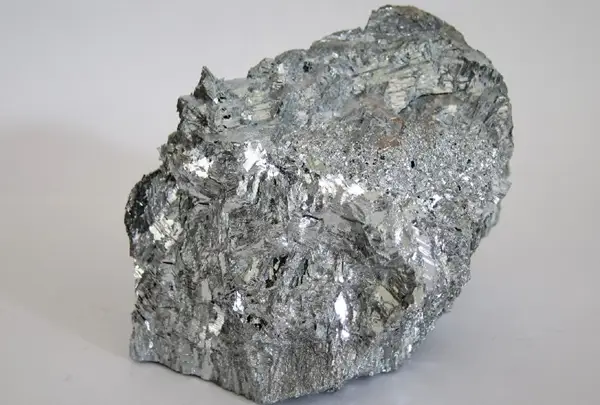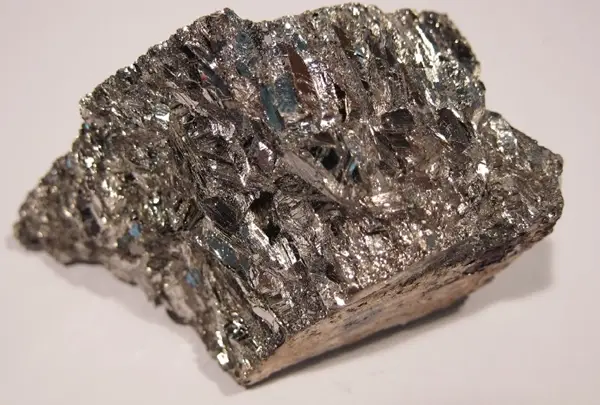Alloy metals for tin alloys in a wide selection
Alloy metals, e.g. lead, copper, antimony, bismuth, zinc in stock
We constantly carry a wide variety of alloy metals for tin alloys, such as copper 99.99% Cu, finely cut, antimony at least 99.65% Sb in blocks and cut, bismuth at least 99.99% Bi in blocks, pellets or cut. Alloy metals for tin alloys in a wide selection.
Other alloy metals and pre-alloys on request!



Did we convince you?
We support you in securing your material needs on the international commodity markets.
What are alloying metals?
Alloying metals are minor metals that are added to an alloy to improve or change its properties. Alloying metals are used to improve their hardness, strength, ductility, corrosion resistance, melting point, electrical or thermal conductivity, or other specific properties.
Examples of alloying metals include:
Alloying metals are used in many industries, including aerospace, automotive, construction, foundry, electronics, jewelry making, and many others.
Lead
Lead is a chemical element with the symbol Pb and the atomic number 82. It is a heavy metal with a relatively high density. Lead is a soft, shiny, bluish-gray metal that has been used since ancient times.
Lead has numerous applications due to its specific properties, especially in industry. It is used, for example, for the production of lead alloys, lead batteries, solder, lead glass, lead ammunition, lead pigments, in organ building, and radiation protection.
However, lead also has toxic properties and can pose a health and environmental hazard if improperly used and disposed of. For this reason, the use of lead in many applications is increasingly restricted or banned.
Lead release to commercial users only
Copper
Copper is a chemical element with the symbol Cu and the atomic number 29. It is a reddish-brown, relatively soft and easily shaped metal with high electrical conductivity. Copper has been used since ancient times and is one of the most abundant elements in the Earth’s crust.
Copper is used in many industries due to its unique properties. It is used, for example, in the electronics industry for the production of wires, cables, transformers, and other electronic components. Copper is also used in the construction industry for piping, roofing, siding, and other applications. Additionally, copper is used in jewelry making and in the production of coins.
Copper is also an important component of alloys such as bronze and brass, which are made by combining copper with other metals. Copper alloys have many applications due to their hardness, corrosion resistance, and other properties.
Antimony
Antimony is a chemical element with the symbol Sb and the atomic number 51. It is a gray, shiny, semi-metallic element that is commonly found in nature as the sulfide mineral stibnite (also known as antimonite).
Antimony is used in many industries. It is used, for example, in the semiconductor industry for the production of light-emitting diodes and transistors. Antimony is also used in the refractory industry for the production of refractory ceramics and insulation materials. Additionally, antimony is used in the production of lead batteries, flame retardants, alloys, and other products.
Zinc
Zinc is a chemical element with the symbol Zn and the atomic number 30. It is a silvery-white, relatively soft and easily shaped metal with a bluish tint. Zinc is an important component of alloys such as brass and bronze.
Zinc is used in many industries. It is used, for example, in the construction industry for gutters, downspouts, and other building elements. Zinc is also used in the automotive industry for body parts, fuel lines, and other applications. Additionally, zinc is used in the production of batteries, jewelry, coins, alloys, and other products.
Bismuth
Bismuth is a chemical element with the symbol Bi and the atomic number 83. It is a heavy, silvery-white metal that is rare in nature. Bismuth has low toxicity and is therefore used in some applications as a substitute for more toxic materials.
Bismuth has multiple applications in various industries. It is used, for example, in the electronics industry for the production of semiconductors, X-ray shielding materials, and other products. Bismuth is used as an alloying metal in tin alloys, in the chemical industry as a catalyst, and in nuclear technology as a component of nuclear reactors.





